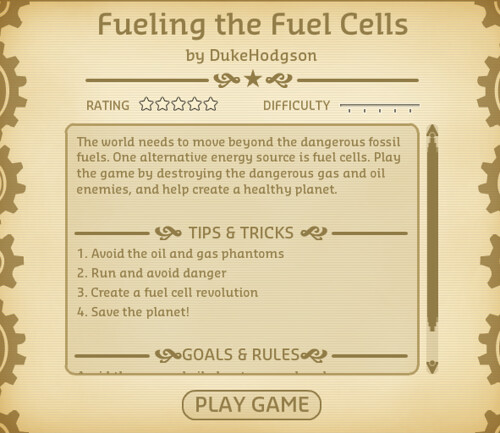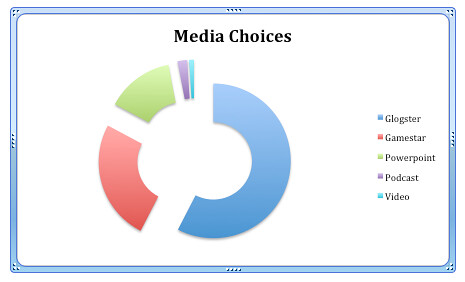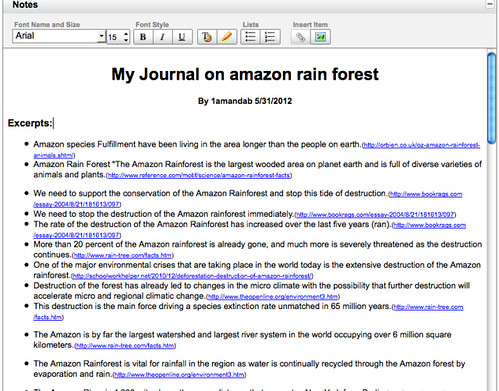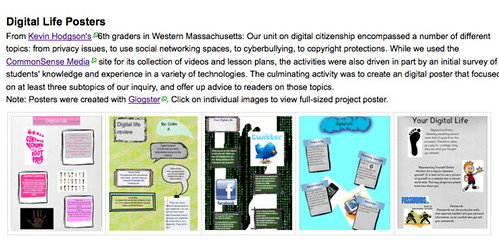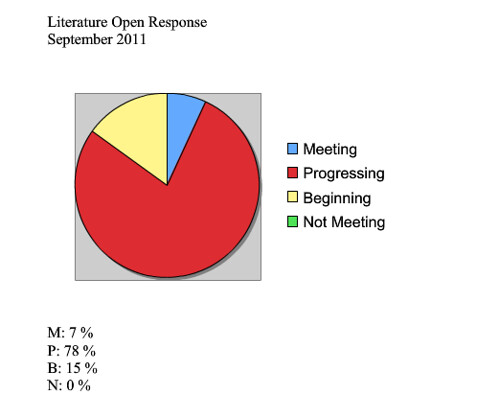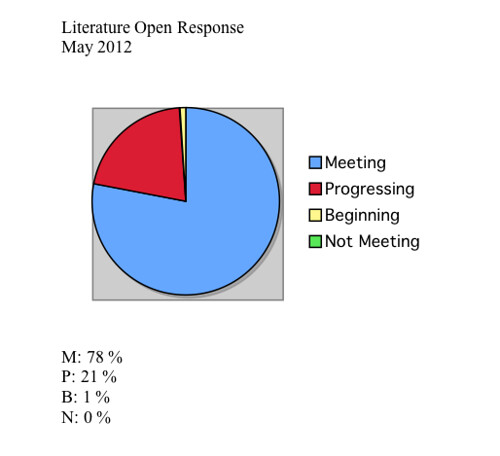
I’ve spent more than my fair share of time here, railing against Facebook on many levels: privacy enfringement, ownership of content, use by kids under 13, and just the fact that it is shifting people from an open platform (the web) into yet another closed garden (hello, AOL). And I have tried to remain true to my convictions: I’m one of the few in all of my circles of friends with no turf on Facebook.
But this weekend, I find myself wishing I was on Facebook.
The reason? One of my students has been seriously injured in a bicycle/car accident, and he is in serious condition in the hospital. While our sixth grade teaching team has been in contact with the family, I wonder how the rest of my students are doing, and I know (from past experiences) that they are likely talking and processing the accident on their networking space. For the first time, I wish I were on Facebook so I could help them with that process and keep track of how they are all doing on this extra-long weekend, and be part of their discussions as a steadying force.
I acknowledge that the thing that Facebook does well is connect people together, particularly around tragedy. It offers its users a chance to grieve and connect, and get support. Whether it be a huge event, like the aftermath of a storm, or a smaller event, like a bicycle accident (which, of course, does not seem small to us), the space has its value, and I find myself wishing not only were I on Facebook but that I were friends with each and every one of my students.
As it is, tomorrow will be difficult as we head back to school. We’ll have our Crisis Emergency Team ready early in the morning for students and staff that need time and space to deal with the accident, and we will be talking a lot about how to stay positive for our student and how to try to make sense of unexpected tragedies that befall our lives. Most of all, we’ll be together as a school community — as a sixth grade community — and I will be there with them and for them, as I am sure their parents have been there for them all weekend.
What I wonder is: have they been there for each other on Facebook this weekend, too? I can almost guess the answer: yes.
Peace (and prayers for my student),
Kevin
